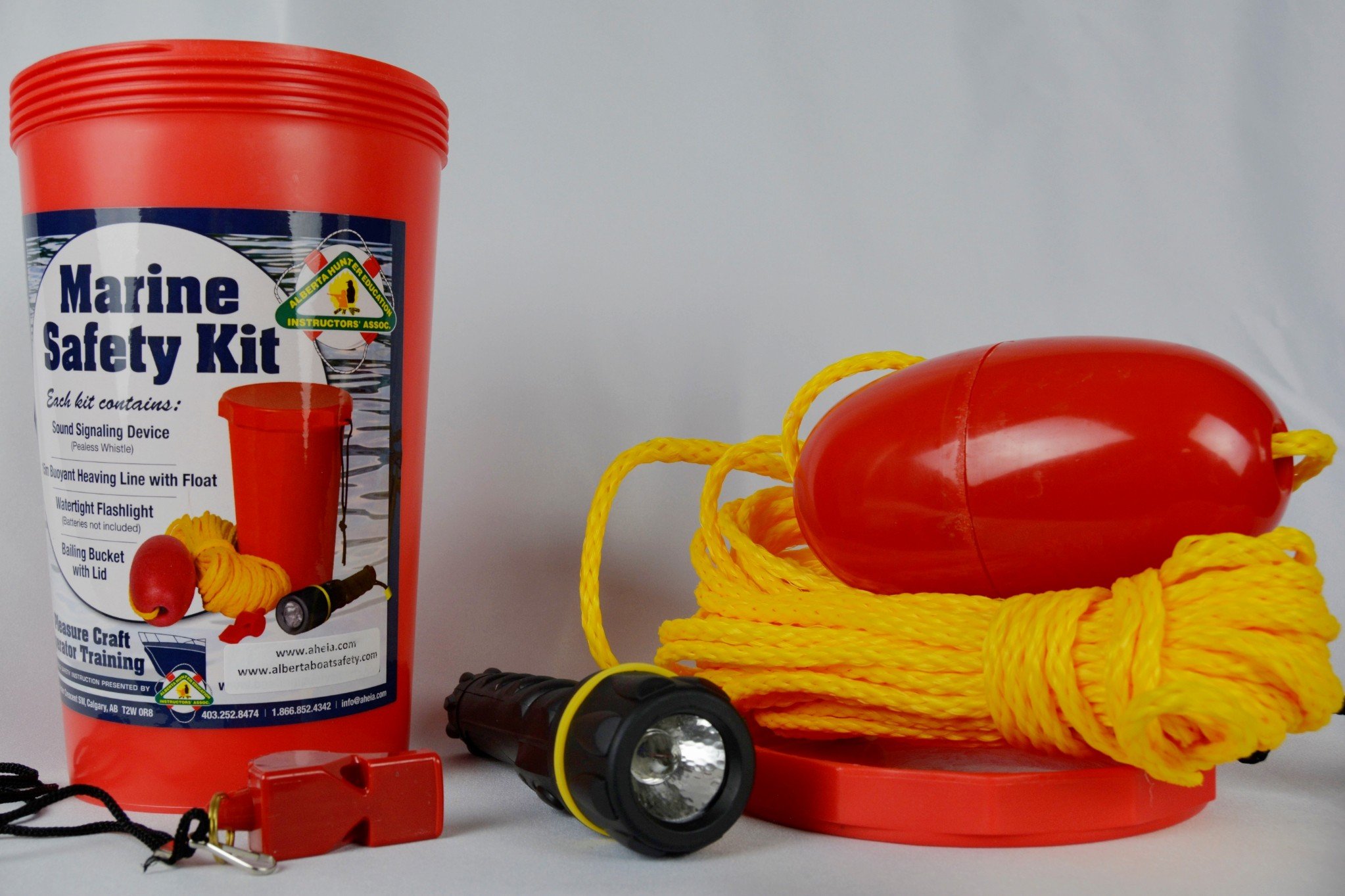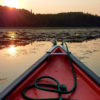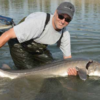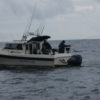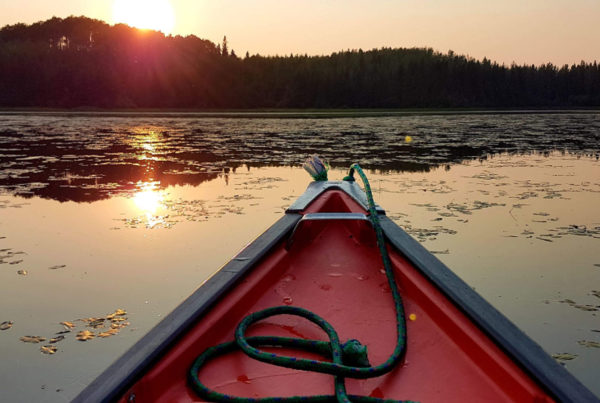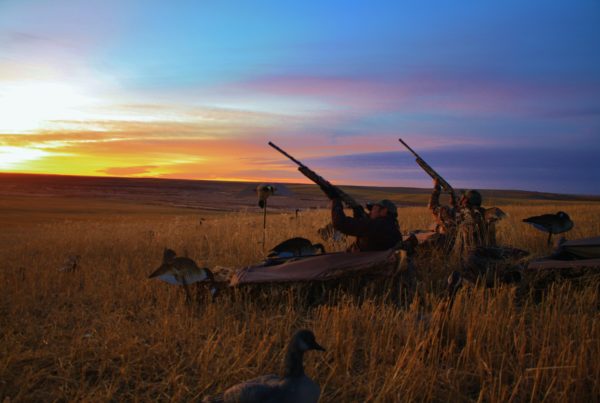In an ongoing boating safety message, I am going to discuss some equipment that each boater should/must carry in order to remain safe on the water. Some of this equipment will get you to where you are going and back again, while others will ensure your safety while on the water.
Magnetic Compass
A magnetic compass is a device that shows the direction of travel of that particular vessel in relation to magnetic north. North, south, east and west are always marked on a compass and most have several direction marks between the major directions. A pleasure craft less than 8 meters in length that operates within sight of seamarks (or landmarks) does not legally require a magnetic compass. However, it is always a good plan for any traveller to have a magnetic compass in their survival kit. Equally as important is the knowledge and ability to use it. Even if your ability goes only as far as to be able to use your compass to point your boat in a constant direction, it will eventually find you a shoreline while on a lake of any size. If travelling on a lake in the Canadian Shield, it is very easy to get turned around and having a simple magnetic compass will get you going again in the direction you want to be going….and yes, I do have a story about that. It is important to remember to have a magnetic compass in your pack and not to rely solely on a battery-operated device which are all subject to failure.
Map or Chart
A compass is most effective with a good map or chart. A chart is basically a marine-based map that has marine-based items on it that are useful only to those experienced in marine navigation. Very few lakes on the prairies are charted, and in Alberta, only Lake Athabasca has an actual nautical chart. The rest of the lakes have been mapped in many ways and are available from a variety of sources. Topographic maps that show the contours of the land around a waterbody are extremely useful for navigation, and bathymetric maps that provide contours of a lake bottom are useful for safe passage (and finding hot fishing spots) on the water body itself. Before you head out, be sure you know how to use these maps along with your compass rather than relying solely on an app or GPS.
Sound Signalling Device
All vessels are required to carry some sort of sound signalling device, whether it be a hand-held device (whistle, bell, horn, etc.) or a fitted appliance like the fog horns we hear as two ships pass in the night on those dark and stormy nights. Vessels under 12 meters are not required to carry a fitted (permanently affixed) sound device but must have some sort of method for sending sound signals. One of the best devices for small vessels is simply a whistle attached to your life jacket or PDF.
There are certain sound signals that every boater should be aware of and use when necessary. They are:
- Sounds that Signal Changing Directions
- One short blast means I am altering my course to starboard
- Two short blasts mean I am altering my course to port
- Sounds that Signal Reduced Visibility (fog or poor weather)
- Power-driven boat – One prolonged blast at intervals of no more than 2 minutes
- Sailboat – One prolonged blast plus two short blasts no more than 2 minutes apart
- Warning Signals
- One prolonged blast is a warning signal. A vessel is coming around a blind bend or a large vessel is departing a dock (ever been on a BC ferry?).
- Five short blasts mean you don’t understand or don’t agree with another boater’s intentions. It can also signal danger.
Navigation Lights
Navigation lights are required on all vessels operating in limited visibility or between sunset and sunrise. This includes engine-powered and non-engine powered vessels. On most non-engine powered vessels we find in the prairies, a functioning flashlight will usually meet the requirement for safety lights. These flashlights should be watertight and must have functional batteries in it. Be sure to refresh the batteries every spring, or if they get wet. As well, make sure you put batteries in a flashlight you purchase with any Marine Safety Kit (available from AHEIA). A flashlight is not considered a navigation light, so if you are out on the water on any vessel after sunset or during limited visibility, you will need specific navigation lights on your vessel.
Common Vessel Navigation Lights
The most basic and most common navigation lights we see on the prairies are a white light seen from 360 degrees around a vessel and a red light on the left (port) side and a green light on the starboard (right) side.
Without getting too complicated, basic rules of the road (so to speak) when travelling on water are as follows:
- If you are about to cross paths with another vessel and you see their red light, you need to move so as to avoid that vessel. Think of the red light as a stop light.
- If you are about to cross paths with another vessel and you see their green light, you have the right-of-way, provided the other vessel gives it. Never assume that the other vessel knows these rules and/or will follow them. You are responsible for your safety and the safety of your passengers and those in any other vessel you come in contact with.
- If you see a white light in your direction of travel, proceed with caution as you may be coming up on the stern of another vessel, or you may have a smaller craft (canoe, sailboard, etc.) in front of you and they may be in trouble.
- If you see a yellow light, you are behind a vessel that is towing or being towed by another vessel, steer well clear of this light.
- If you see a blue flashing light coming towards you…it’s the police.
There are other navigation lights that boaters on big waters will come across, but on the prairies, we will generally only see the ones mentioned above.
There are many more rules and regulations regarding the use of safe navigation equipment while on your vessel. The best way to get to know them is to take the Pleasure Craft Operator Training course from a certified AHEIA instructor or online at AHEIA.com.
